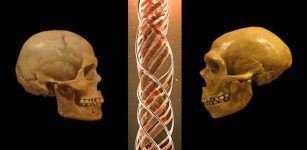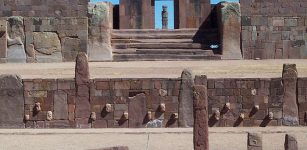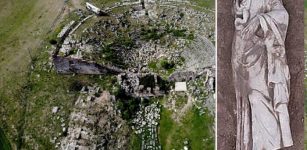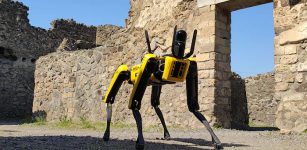Portus: History Of Ancient Roman Hub Of Commerce – Reconstructed With New Methods
Conny Waters - AncientPages.com - An international team of researchers for the first time applied marine geology techniques at an ancient harbor archaeological site to uncover ancient harbor technologies dated to the first centuries AD.
The subject of their research includes dredging and canal gates use, in the ancient harbor of Portus – a complex of harbor basins and canals that formed the hub of commerce in the capital of the Roman Empire.
Portus, the ancient harbor of Rome, a port complex composed of basins and canals connecting the commercial harbor to Rome via the Tiber River. Image credit: La Trobe University
Portus was a large artificial harbor just south of Ancient Rome. Located on the north bank of the north mouth of the Tiber, on the Tyrrhenian coast, it was established by Claudius, Roman emperor from 41 to 54 AD, and later enlarged by Trajan to supplement the nearby port of Ostia.
The findings suggest that the Romans were proactively managing their river systems from earlier than previously thought – as early as the 2nd century AD.
The history was reconstructed using a range of high-resolution sediment analysis including piston coring, x-ray scanning, radiocarbon dating, magnetic and physical properties and mineral composition of the ancient harbour sediments.
“Ancient harbors can accumulate sediments more rapidly than natural environments, which is the case of Portus built in a river delta and where sediment accumulated at a rate of about one meter per century,” La Trobe University Archaeology Research Fellow and marine geologist, Dr Agathe Lisé-Pronovost, said in a press release.
Applying these methods allowed researchers to date and precisely reconstruct the sequence of events of the historical port, including dredging to maintain enough draught and canal gate use.
“Dating ancient harbour sediments is a major challenge, given ports are not only subjected to weather events throughout history, but the lasting effects of human activity,” Dr Lisé-Pronovost said.
“The methods we’ve applied have allowed us to address the dating issue and routine measurements of the sort could greatly improve chronostratigraphic analysis and water depth reconstruction of ancient harbour deposits.”
Written by Conny Waters - AncientPages.com Staff Writer





















